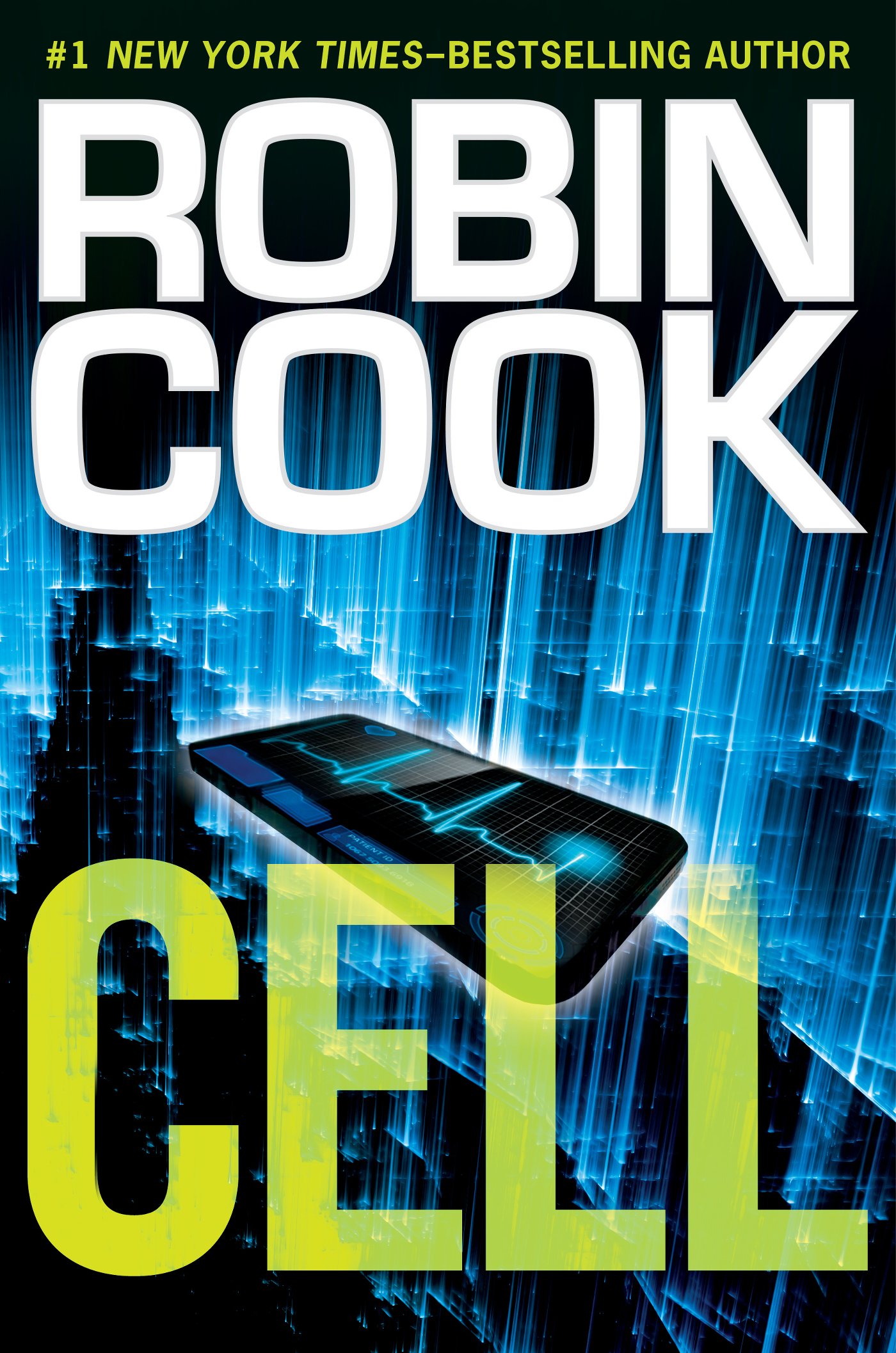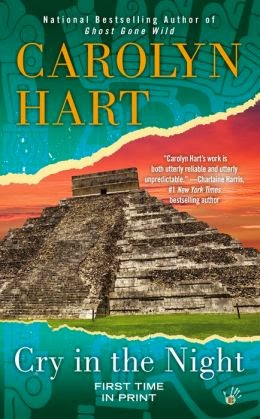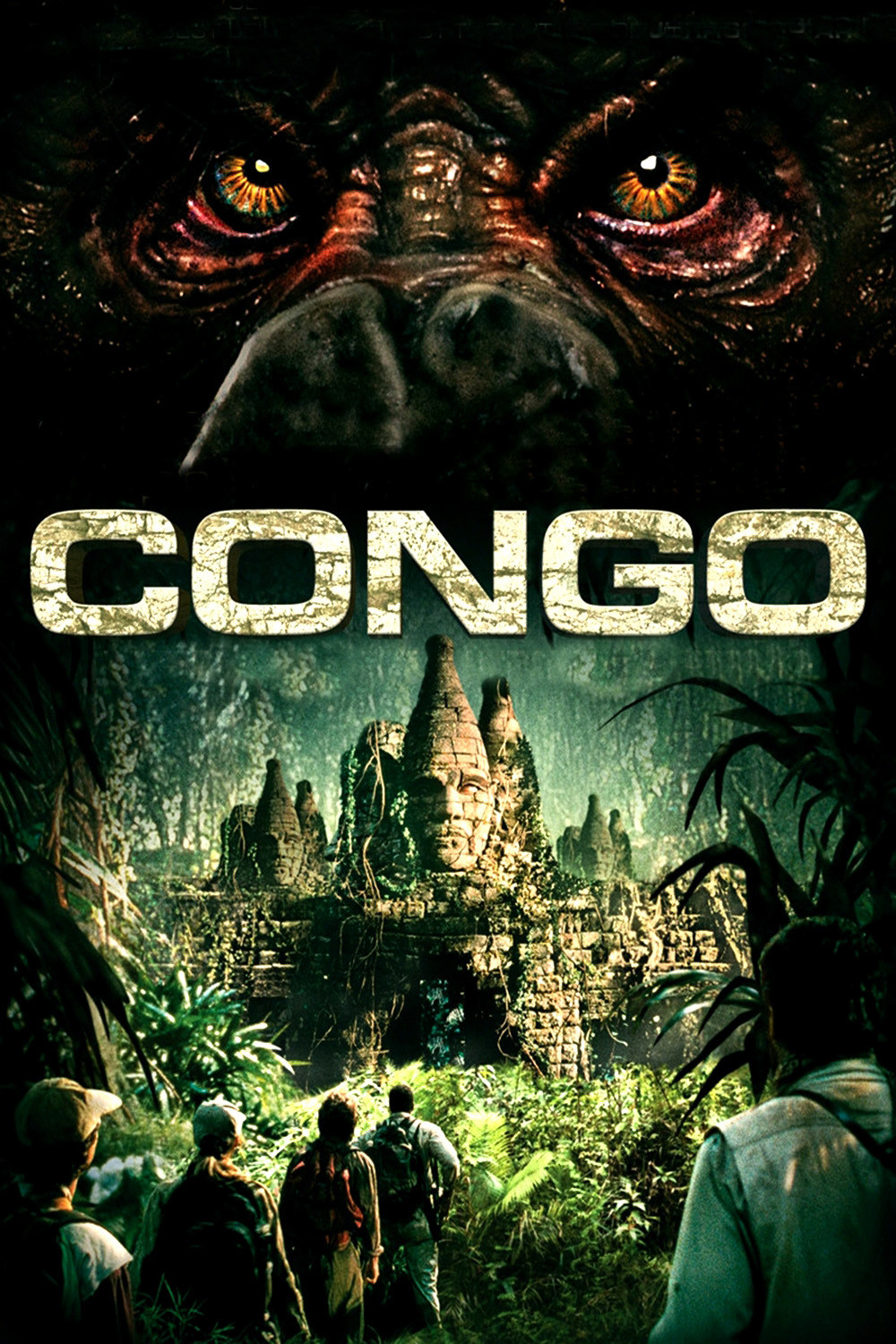The Daily Bongo
March 2014
Saturday, March 29, 2014 -- Evening

Cell by Robin Cook
Part of the problem with the current view about health care is that it is care for people are healthy. When you become ill, that's when the problems arise. When Obamacare was first introduced, people talked about death panels, people who would decide that your loved one had a terminal illness that would cost too much to treat. That meant that the loved one would be doomed to die. Some are naive enough to think that politicians and insurance companies care about people think that death panels would never happen. Robin Cook doesn't appear to be one of them. In his latest book, Cell, Cook discusses the future of medicine as imagined with digital and cellular technology. Amalgamated Healthcare has released a cell phone app called iDoc. iDoc takes the patient/doctor relationship in a new direction. iDoc is programmed to answer the patient's every question. It collects all data on the patient, makes recommendations for visits and tests, and can help the patient control diabetes by releasing insulin from an implanted reservoir and releases the amount needed based on the patient's vital signs. iDoc can track all the patient's vital with screen technology that allows the program to test blood droplets. The concept is an interesting one, and it's one that four-year radiology resident, George Wilson, first suggested to Paula Stonebrenner when they were both in medical school. Paula took the idea to Amalgamated, which jumped on implementing the idea. George is impressed with the technology and a bit envious because of the success that Paula has made from his idea.As the talk progresses about iDoc, George realizes that his fiancee, Kasey, may have been an iDoc beta tester. Kasey died in bed beside George, and he has mourned her loss for the past three months, but George starts to believe that death is shadowing him when he learns of the death of two patients with recent radiological studies that revealed terminal forms of cancer. The crazy thing is that the patients died within 24 hours of the radiology tests. When George's neighbor dies in a violent car crash, George starts to worry because he was realizing that all the deaths also seemed to have been with iDoc beta testers. When George starts to investigate, he finds that he seems to have unleashed some dangerous characters who will stop at nothing to silence George. Is it the federal government, who wants to save healthcare costs by implementing iDoc with Medicare patients, or is it Amalgamated, who wants to save profits?
Robin Cook does a thrilling job of showing us how technology can run amok and produce unexpected results. The plot was realistic, in my opinion, and very pertinent to possible future applications. Sometimes we put too much faith in technology, thinking that it will solve our problems. Instead, new ones are created that we cannot anticipate. In the case of iDoc, the heuristic nature programmed into the application allowed it to believe that it was reasonable and cost efficient to eliminate terminally ill people immediately. After reading Cell, I'll think of the proliferation of technology into our lives in a new light. Cell was the first Robin Cook book that I've read, but I plan on going back to read more!
Wednesday, March 19, 2014 -- Evening

Cry in the NIght by Carolyn Hart
Since I purchased my Kindle, I have been reading two books at the same time. I have my ebook, and then I have the print book that I got from the library. Tonight, I just finished reading my ebook. Carolyn Hart had released some of her earlier book in electronic format. As I already mentioned, I really enjoyed reading Dangerous Summer, so I moved onto Cry in the Night. Cry in the Night in the night is from 1982, but it's not obvious from the plot. Sheila Ramsey is an Egyptologist working in a New York City museum. She goes to a conference in Washington, DC, and runs into, literally, one of the speakers who was against museums buying stolen artifacts. Jerry Elliot strongly expresses his opinion, and although Sheila is repulsed, she is also attracted. After knocking Sheila over and picking her up, Jerry spends the afternoon with Sheila. Unfortunately, she has to return to NYC that evening. Sheila becomes obsessed about meeting up again with Jerry, but he works in a museum in Mexico City, and there's no way they will meet. No way, until Sheila answers a posting in the museum looking for a courier to take an important manuscript to its owners in Mexico City. Sheila applies and hopes for the best since it's for the Latin American section. Surprises of surprises, when Sheila is selected to be the courier. She will take the manuscript to the Ortega family< and then staying with them for a short visit. When Sheila arrives in the Mexico City airport, a little boy passes a note to her from a stranger. The note is a warning for Sheila to return to America. At the Ortega house, Sheila doesn't get much of a reception, and when she hears a cry in the night, she goes to investigate, and finally meets a member of the family, the oldest son, Tony. Of course, Sheila is still fixated with Jerry, and when she goes to the museum to see him, she is shocked at the rude, abrasive, even threatening confrontation with Jerry, who threatens her if she continues to stay in Mexico. Sheila runs from the museum crying, and she is ready to leave Mexico when someone starts to shoot at her! Sheila decides that she is not going to run with her tail between her legs, and she decides to figure out the mystery. Also, she finds that she is starting to develop feelings for Tony.The book is a very enjoyable read, and there's lots of talk about Aztec treasure and description of Mexican sights. The mystery was a good one, and I did not figure out what was going on until it was revealed at the end. Carolyn Hart did a great job with the earlier books, and if you have the chance, you should run, not walk, to the closest bookstore for the print version or Amazon for the Kindle version. You won't be disappointed.
Sunday, March 16,2014 -- Evening

Congo by Michael Crichton
I thought I had read all of Michael Crichton's books, but I realized as I was looking through his list of books that I had missed Congo. Congo was one of the earlier books, published in 1980. A scientific expedition from Earth Resource Technology Services Inc. (ERTS) to the Congo went awry in a horrible way. The entire team was killed. When the video transmission connected for the daily morning update, the home team in Houston find the Congo team dead, with their heads smashed in. Who could have done it? From a brief glimpse in the video, Karen Ross was chosen to take a team to the Congo when she realized that one of the creatures caught on the video image might be a gorilla. But gorillas aren't supposed to violent. Ross enlisted the aid of Peter Elliot, who had been working with Amy, a gorilla that has learned American Sign Language to communicate with her human handlers. Elliot agreed to go to the Congo with Amy to help Ross find out what happened to the first team. In Africa, the ERST team connected with a white African mercenary, Munro, who agreed to take the team into the Congo to the lost city of Zinj.As is usual with Crichton books, he went into detail about the travails of experimentation in teaching language to gorillas, and he also examined the interactions of tamed gorillas with their wild counterparts. Are gorillas behind the attacks and murders in the Congo? It seemed to point that way until Elliot realized that there was a separate race of gorilla, previously unknown to man, who had been trained in the earlier development of the lost city of Zinj to act as security guards. How does the team protect themselves from the gorillas, and does the team find the valuable blue diamonds that ERTS, along with other competitors, wanted so desperately to find? The story is very fast paced, and I found myself feeling more of a connection with Amy the gorilla. Crichton did an excellent job of making Amy a compassionate character.
I understand that there was a film version of the book, that came after the success of the movie version of Jurassic Park. I have never seen it, and I don't think that a movie could do the book justice. If you haven't read Congo, you should give it a try. It's a good example of Crichton's brand of science fiction thriller.